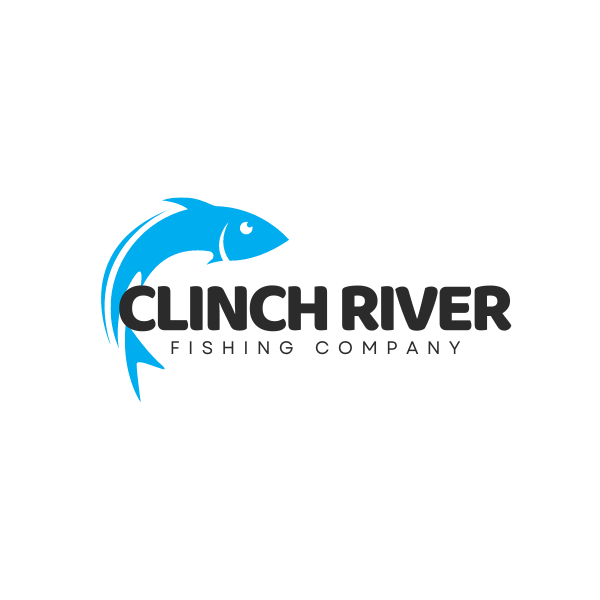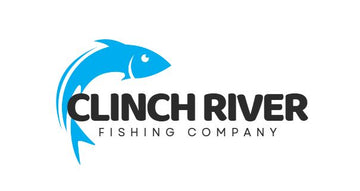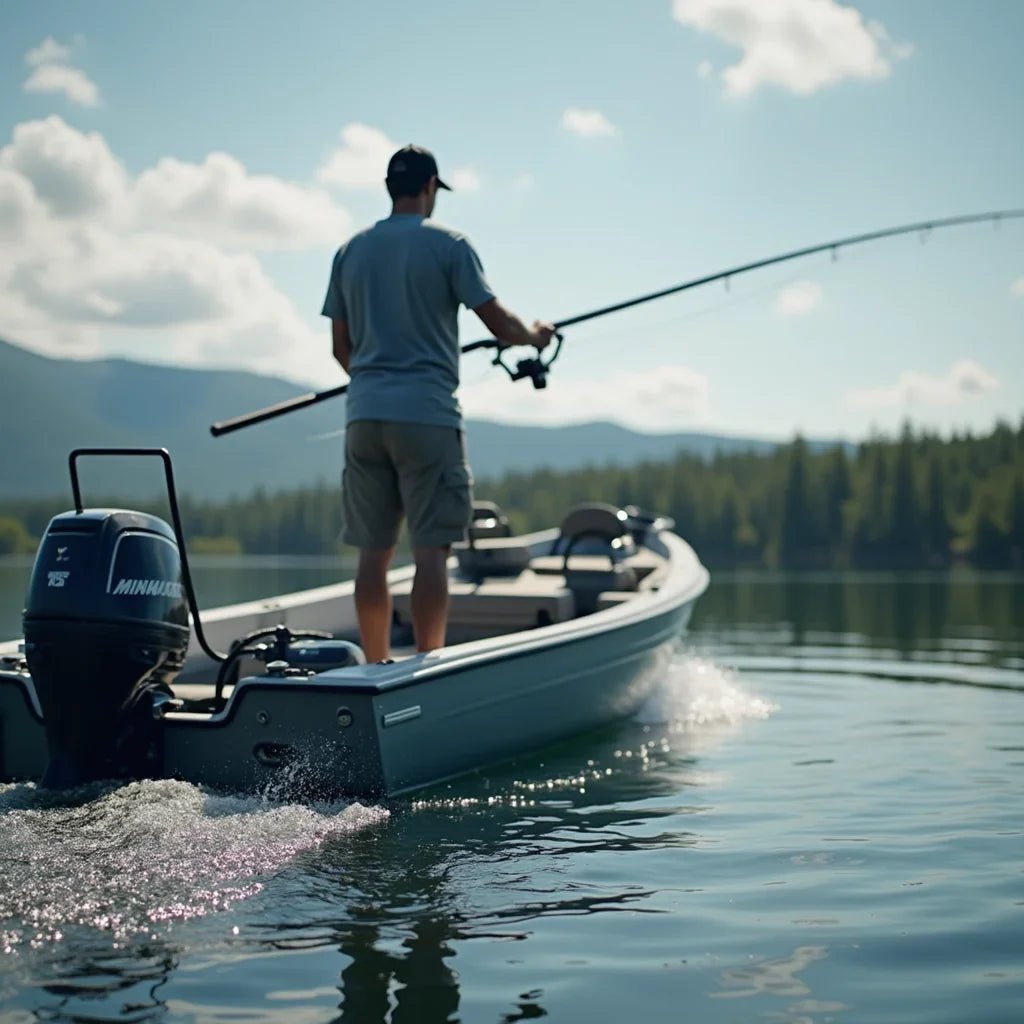Updated on: 2025-09-27
- Common Mistakes to Avoid With Minn Kota
- Pros & Cons Analysis of Minn Kota Motors
- How to Choose the Right Minn Kota for Your Boat
- Step-by-Step: Pair and Calibrate a Minn Kota i-Pilot Remote
- Minn Kota Terrova Installation and Wiring Guide (Overview)
- Quick Tips for Smooth Minn Kota Operation
- Wrap-Up & Key Insights on Minn Kota
- Minn Kota Questions & Answers
If you are researching a trolling motor for quiet, precise boat control, minn kota likely sits at the top of your list. Minn Kota Motors are known for thoughtful engineering, steady thrust, and features like i-Pilot that simplify boat positioning. This resource helps you make a considerate choice by avoiding common pitfalls, weighing benefits and limitations, and following user-friendly steps for setup and calibration. Whether you are outfitting a bass boat or tuning a Terrova, you will find gentle guidance to get the most from your trolling motor.
Common Mistakes to Avoid With Minn Kota
Choosing and installing a Minn Kota is easier when you sidestep a few common issues. These gentle reminders can help prevent frustration and protect your investment.
- Underestimating thrust needs: Selecting a trolling motor with too little thrust often leads to poor control in wind or current. Consider boat length, weight, and typical conditions.
- Overlooking shaft length: A shaft that is too short can cavitate in chop. Too long may be awkward to stow. Measure carefully from bow to waterline and add a buffer for waves.
- Skipping correct wiring: Mixing battery types, using undersized wire, or missing circuit breakers may cause voltage drop or damage. Follow Minn Kota recommendations for gauge and breakers.
- Ignoring battery health: Weak or mismatched batteries reduce runtime and power. Use fresh, properly rated deep-cycle batteries and keep them well charged.
- Not updating firmware: For i-Pilot systems, updates help with stability and features. Check the Minn Kota app and follow safe update practices.
- Missing GPS calibration: i-Pilot Spot-Lock and heading functions work best after compass calibration. A short on-water calibration can improve accuracy.
- Mount placement errors: A mount too close to the rub rail or too far from the bow centerline can hurt deployment and steering. Confirm clearances before drilling.
Pros & Cons Analysis of Minn Kota Motors
Advantages of Minn Kota Motors
- Quiet, efficient operation: Smooth power delivery and low noise support better boat control and a calmer fishing experience.
- i-Pilot convenience: GPS anchoring (Spot-Lock), advanced autopilot, and route recording reduce workload when holding on structure or repeating drifts.
- Broad lineup: From compact transom models to bow-mount powerhouses, there is a fit for many hulls and fishing styles.
- Thoughtful details: Lift-assist features, digital maximizer for battery optimization, and clear controls support day-to-day ease.
- Compatibility ecosystem: Options for foot pedals, remotes, and certain sonar integrations help tailor your setup.
Potential Trade-offs to Consider
- Price for premium features: i-Pilot and higher-thrust models cost more, so aligning features with real-world needs matters.
- Learning curve: GPS features, remotes, and updates add steps, especially on launch day. A short practice session helps.
- Electrical complexity: Multi-battery wiring and breaker choices require care. Taking time to verify connections is wise.
- Weight at the bow: On smaller boats, a heavy bow-mount can affect trim. Balance with gear and battery placement.
How to Choose the Right Minn Kota for Your Boat
Picking the best Minn Kota trolling motor is easier when you match your boat and fishing style to the right thrust, shaft, and controls. The goal is smooth tracking, safe deployment, and dependable runtime.
Match Thrust to Boat Size and Conditions
A simple rule-of-thumb is to start at roughly 2 pounds of thrust per 100 pounds of fully loaded boat weight, then round up for wind, current, or heavy gear. If you fish large reservoirs or tidal rivers, consider an extra margin. This approach helps answer the longtail question many anglers ask: Which Minn Kota trolling motor should I buy for my boat size? When in doubt between two models, choosing the higher thrust often provides more control without a large penalty in efficiency.
Choose the Right Shaft Length
Measure from the bow mount location to the waterline when the boat is loaded as you normally fish. Add a buffer (often around 18–24 inches) to keep the prop submerged in chop. If you fish rough water, a slightly longer shaft can reduce cavitation. If you fish calm, shallow water, shorter may be more convenient for stowing. Thoughtful measuring avoids the most common shaft-length issues.
Pick Your Control System: i-Pilot, Cable, or Hand
- i-Pilot: Provides Spot-Lock, heading lock, and route control from a remote. It suits anglers who value hands-free boat positioning and precise GPS control.
- Cable-steer foot pedal: Offers immediate response and a traditional feel many bass anglers prefer for tight maneuvers around cover.
- Hand-control: Simple and cost-effective for smaller boats or anglers who want a direct, minimal setup.
Many find i-Pilot helpful for holding on points, brush piles, and docks. If you spend time on offshore structure or wind-swept shorelines, the convenience can be worth it.
Which Minn Kota trolling motor should I buy for my boat size?
For a bass boat in the mid-size range, many anglers consider 80–112 pounds of thrust with a shaft length that keeps the prop comfortably below the waterline. If you run a lighter aluminum boat, a 55–70 pound thrust unit may be adequate in moderate conditions. For heavy loads or frequent wind and current, moving up a thrust class can improve tracking and Spot-Lock performance. If you would like a friendly overview of gear considerations beyond the motor itself, you may find the resources on Clinch River Fishing USA reassuring.
Step-by-Step: Pair and Calibrate a Minn Kota i-Pilot Remote
Pairing and calibrating your i-Pilot remote helps GPS features work as intended. The steps below are general and should be followed carefully. If your exact model differs, consult your user manual for model-specific details.
- Power on safely: Ensure the trolling motor batteries are connected correctly with the proper breaker, and power up the motor.
- Prepare the remote: Insert fresh batteries into the i-Pilot remote and power it on.
- Start pairing mode: On the motor head or control module, press the pairing button as instructed in your manual (often requires holding for a few seconds).
- Complete pairing on the remote: On the remote, select the pairing prompt to connect to the motor. Wait for confirmation on the display.
- Compass calibration (on the water): In a safe, open area with minimal wind or current, access the calibration setting. Follow prompts to perform slow, smooth circles until the remote confirms completion.
- Verify Spot-Lock: Engage Spot-Lock in a safe location and observe the boat holding position. Minor adjustments are normal as GPS corrects drift.
- Save routes if needed: If your model supports recording, create a short test route to confirm functionality.
If you prefer to read more general fishing insights and planning tips, the blog at Blog offers friendly reading.
Minn Kota Terrova Installation and Wiring Guide (Overview)
This section provides a considerate, high-level view to help you visualize a Minn Kota Terrova installation and wiring plan. For exact torque specs and wiring diagrams, follow your official manual. If you have any uncertainty, a qualified marine technician can help ensure a safe, reliable setup.
Pre-Wiring Checks
- Confirm battery bank: Identify whether your Terrova requires 12V, 24V, or 36V. Use matching deep-cycle batteries of the same age and type.
- Plan wire runs: Choose marine-grade tinned copper wire sized for the total run length and current. Avoid sharp bends and potential pinch points.
- Select breakers: Install the recommended Minn Kota circuit breaker size within the advised distance from the battery.
Mounting Basics
- Dry-fit the mount: Position the mount so the motor can deploy without hitting the rub rail or bow. Check clearance for the head and shaft.
- Mark and drill carefully: Use the template when provided. Seal holes with a suitable marine sealant to protect the deck core.
- Secure hardware: Use stainless bolts, washers, and lock nuts. Tighten evenly and re-check after your first few trips.
Wiring Overview
- Use correct gauge: Longer runs may require heavier gauge to minimize voltage drop. Follow Minn Kota guidance for your thrust class.
- Clean connections: Crimp with quality tools, then seal with heat-shrink. Keep connections dry and supported.
- Battery order (for 24V/36V): Wire batteries in series only as specified. Label leads to avoid confusion during maintenance.
Initial Tests
- Continuity check: Confirm polarity before connecting the final leads.
- Power on: Verify the motor powers up, steering responds, and prop engages briefly out of gear or in water as appropriate.
- Feature test: If equipped with i-Pilot, confirm basic remote pairing and a short GPS hold in safe conditions.
When questions come up during planning, it may be helpful to reach out through the Contact page for courteous assistance or to learn about guided experiences in your area.
Quick Tips for Smooth Minn Kota Operation
- Charge fully before trips: Keep batteries topped off and stored in a cool, dry place.
- Use Spot-Lock thoughtfully: Re-engage if wind shifts or when moving between points to maintain accuracy.
- Trim for conditions: If you notice cavitation, lower the shaft slightly. If you drag bottom, raise it a notch.
- Keep props clean: Remove weeds and fishing line to protect seals and maintain efficiency.
- Carry spares: A spare prop pin, nut, and a wrench can save a day on the water.
- Update firmware during the off-season: Choose a calm time to update i-Pilot components if your model supports it.
- Stow with care: Secure the shaft and lock the mount before trailering.
If you would like to learn more about the people behind helpful fishing resources, you can visit the About page.
Wrap-Up & Key Insights on Minn Kota
Minn Kota Motors earn their reputation by blending quiet thrust with practical features. When choosing a trolling motor, match thrust to your boat’s fully loaded weight, measure shaft length carefully, and select a control style that fits your fishing approach. i-Pilot adds gentle conveniences like Spot-Lock, which can make time on the water more relaxed and focused.
With a patient installation, correct wiring, and a quick calibration, a Minn Kota Terrova or a comparable model can offer reliable performance across seasons. If bass fishing is your focus, the best Minn Kota trolling motor for a bass boat is the one that covers your conditions and style without overcomplicating chores on deck. A few mindful habits—charging, cleaning, and updating—go a long way. We hope these notes help you feel comfortable and confident with your minn kota setup.
Minn Kota Questions & Answers
Which Minn Kota trolling motor should I buy for my boat size?
Estimate fully loaded boat weight and start around 2 pounds of thrust per 100 pounds, rounding up for wind or current. Choose a shaft length that keeps the prop submerged in chop. If you fish large or windy waters, stepping up a thrust class can provide calmer tracking and better Spot-Lock holding.
How do I pair and calibrate a Minn Kota i-Pilot remote?
Power on the motor, power on the remote, and initiate pairing following your model’s instructions. Then, in a safe open area on the water, perform compass calibration by making smooth circles as prompted. Confirm success by testing Spot-Lock and a short route if your unit supports it.
What is the best Minn Kota trolling motor for a bass boat?
Many bass boats perform well with 80–112 pounds of thrust and an i-Pilot system for precise positioning. If you fish shallow cover and want instantaneous steering, a cable-steer model may feel more natural. Match the shaft length to your bow height and local wave conditions for steady performance.
Do I need a Minn Kota Terrova installation and wiring guide?
A high-level guide helps you plan wire gauge, breaker placement, and mount position. For exact details, your official manual is the best source. If you are unsure, a qualified marine technician can help ensure a safe and reliable install.

Owner and CEO of Clinch River FIshing USA. A marine electroncs, fishing and outdoor store.

